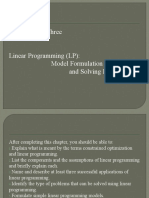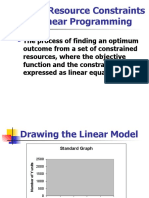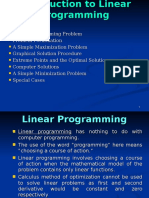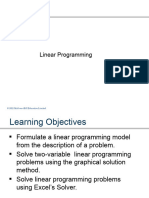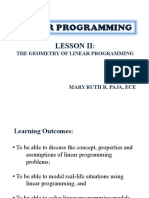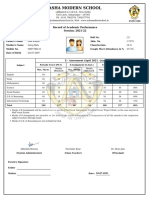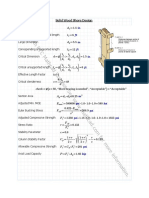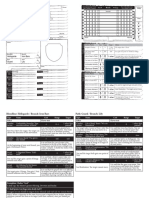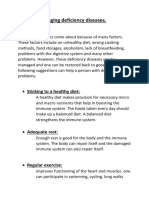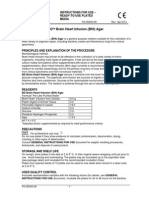0% found this document useful (0 votes)
34 views33 pagesECS511 - Week 4 - Topic 4 - Optimization
Uploaded by
hazim jamilCopyright
© © All Rights Reserved
We take content rights seriously. If you suspect this is your content, claim it here.
Available Formats
Download as PDF, TXT or read online on Scribd
0% found this document useful (0 votes)
34 views33 pagesECS511 - Week 4 - Topic 4 - Optimization
Uploaded by
hazim jamilCopyright
© © All Rights Reserved
We take content rights seriously. If you suspect this is your content, claim it here.
Available Formats
Download as PDF, TXT or read online on Scribd
/ 33











